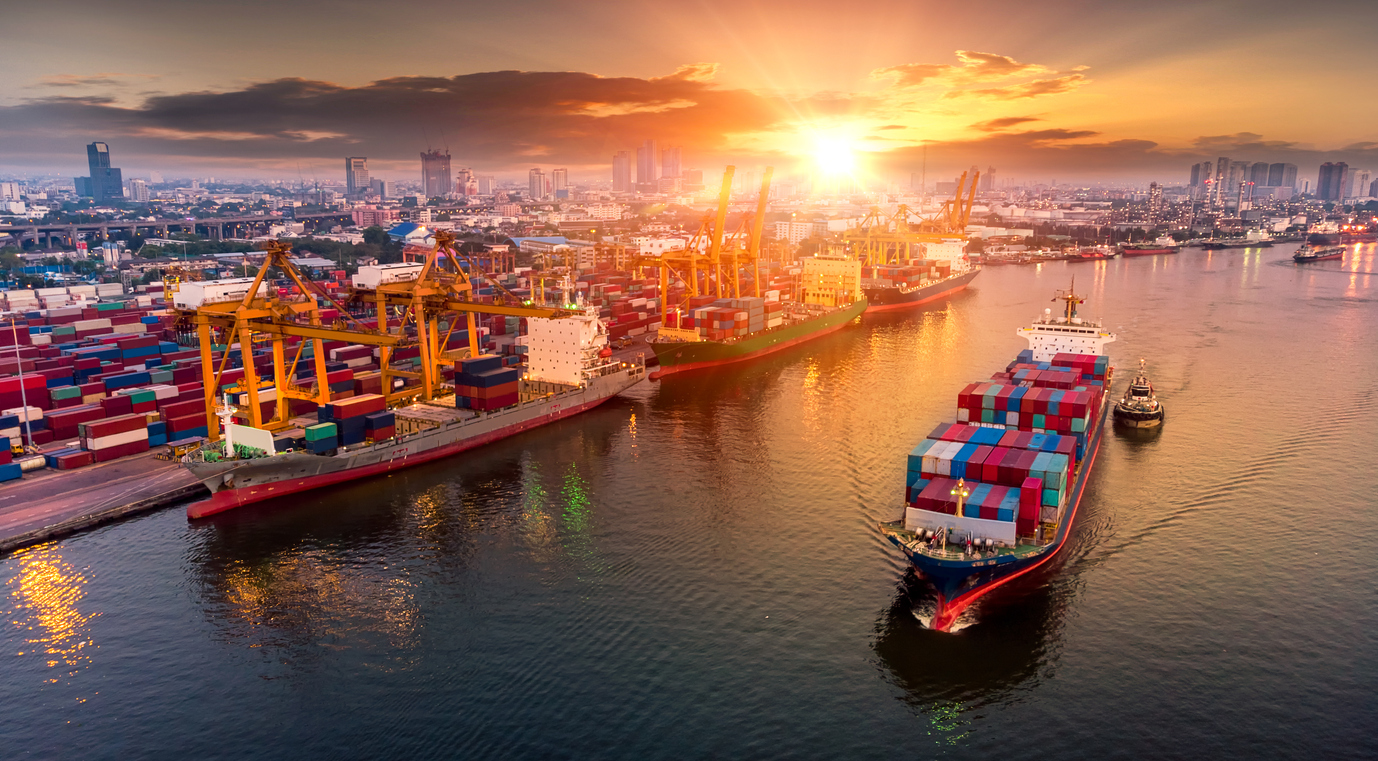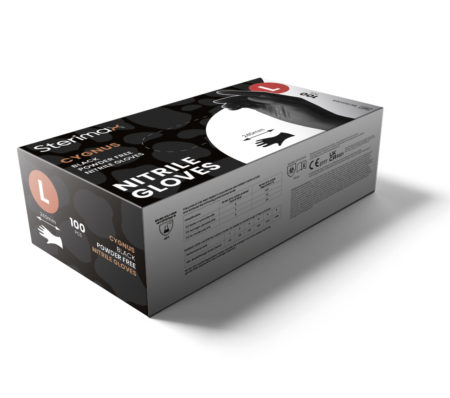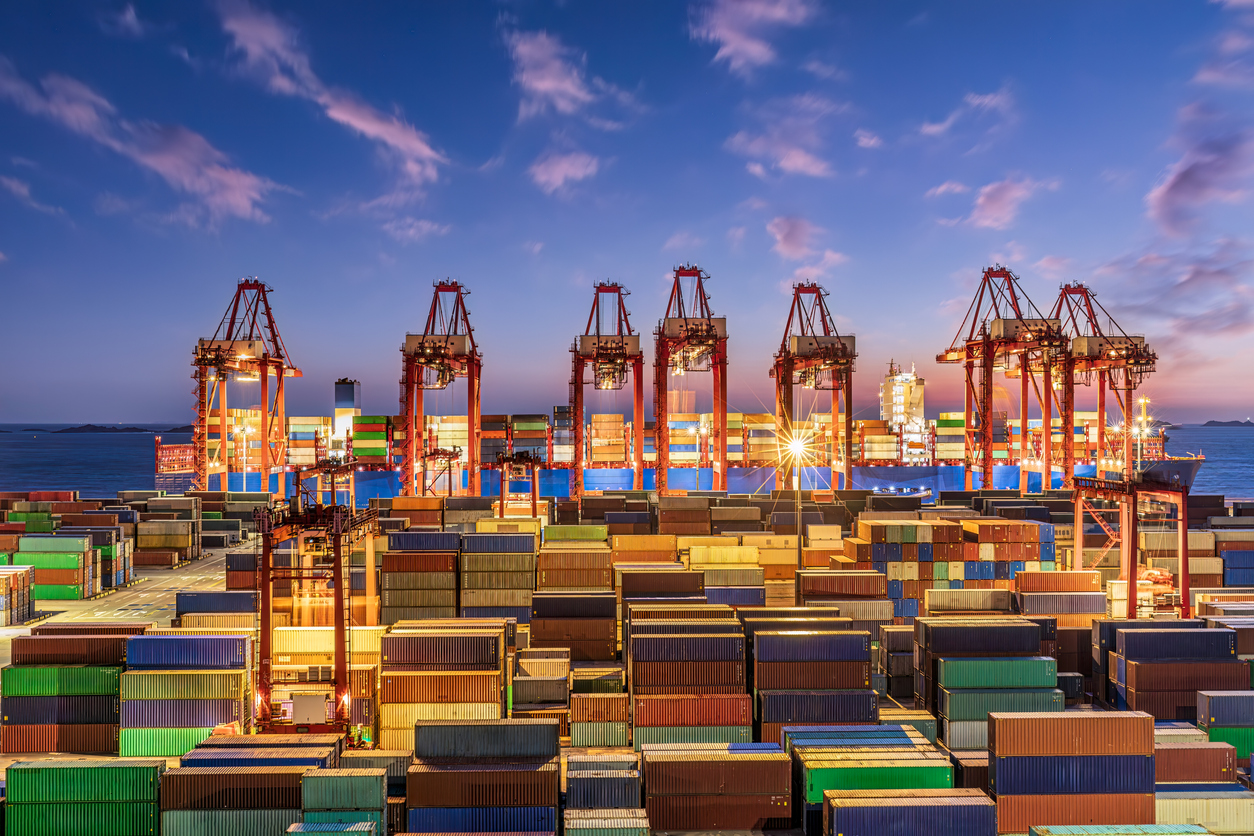Operating global supply chains is a highwire act these days. Complex networks spanning continents mean you’re just one broken link away from shortages or stoppages that derail operations. Events halfway across the world – from natural disasters to political unrest – can suddenly choke off critical supplies. Just ask companies who struggled to source basic PPE during the pandemic. The risks have never been greater.
What can you do to minimise supply chain risks? Take these steps:
Know your suppliers
Auditing suppliers is essential to ensure you understand their operations, manufacturing practices, accreditations, and business standards.
For example, can they meet your quality and safety requirements and satisfy your order volume requirements? Are they financially stable?
Diversify your supplier base
Relying too heavily on a single region or supplier is risky. Natural disasters, political changes, or other localised disruptions can suddenly halt production. It’s wise to source from multiple suppliers in different geographies to mitigate this risk. Different suppliers within the same country provide more flexibility than relying on just one.
Build transparency and collaboration
Work closely with top suppliers to share forecasting data, discuss emerging issues, and align on strategies so you aren’t approaching things alone. The more transparency in their operations, the better you can identify and resolve potential problems. Collaborative relationships enable joint risk management.
Manage inventory wisely
Carrying too much inventory ties up working capital and risks obsolescence. However, having too little inventory makes you unable to meet customer demand. Employ savvy inventory management to strike the right balance. Use demand forecasting and analytics to optimise inventory levels across your supply network.
Have contingency plans
Despite your best efforts, supply chain disruptions still occur. Develop contingency plans so you can quickly adapt. For example, have backup suppliers already vetted and ready to engage. Maintain a degree of excess inventory capacity with critical suppliers.
Identify alternate distribution channels or transportation modes. The goal is to build redundancy to absorb disruptions.
Case example: Sourcing PPE
The COVID-19 pandemic highlighted supply chain risks around sourcing essential personal protective equipment (PPE) like masks, gowns, and gloves. With global demand surging, many countries encountered shortages as production struggled to keep pace. By leveraging the strategies below, organisations can ensure reliable access to PPE:
- Vet and audit PPE manufacturers to ensure they follow strict quality and safety standards—Prioritise suppliers with adequate production capacity.
- Source PPE from multiple countries to mitigate geography-specific disruptions.
- Work closely with your most trusted PPE suppliers to forecast demand, discuss supply conditions, and identify emerging risks.
- Use inventory management techniques to balance PPE stock levels with demand. Avoid carrying months of excess inventory.
- Have contingency plans to activate additional suppliers or alternate distribution if disruptions occur.
- Use supply chain analytics software to model PPE demand scenarios, identify potential shortages, and adapt supply plans accordingly.
Following these steps will help minimise supply chain risks and keep essential PPE available during turbulent times. The key is being proactive, collaborative, and agile in your approach.
Still sound like too much admin, and prefer us to do it for you? Just Book a Meeting to get the ball rolling!


















